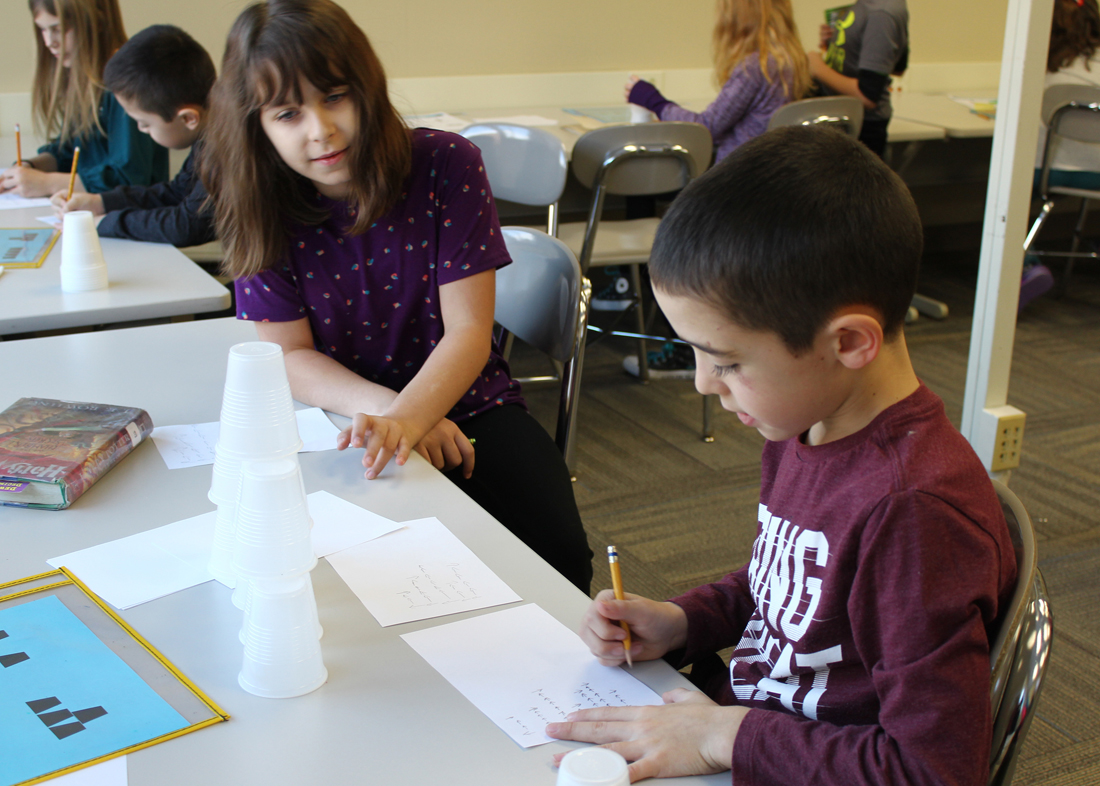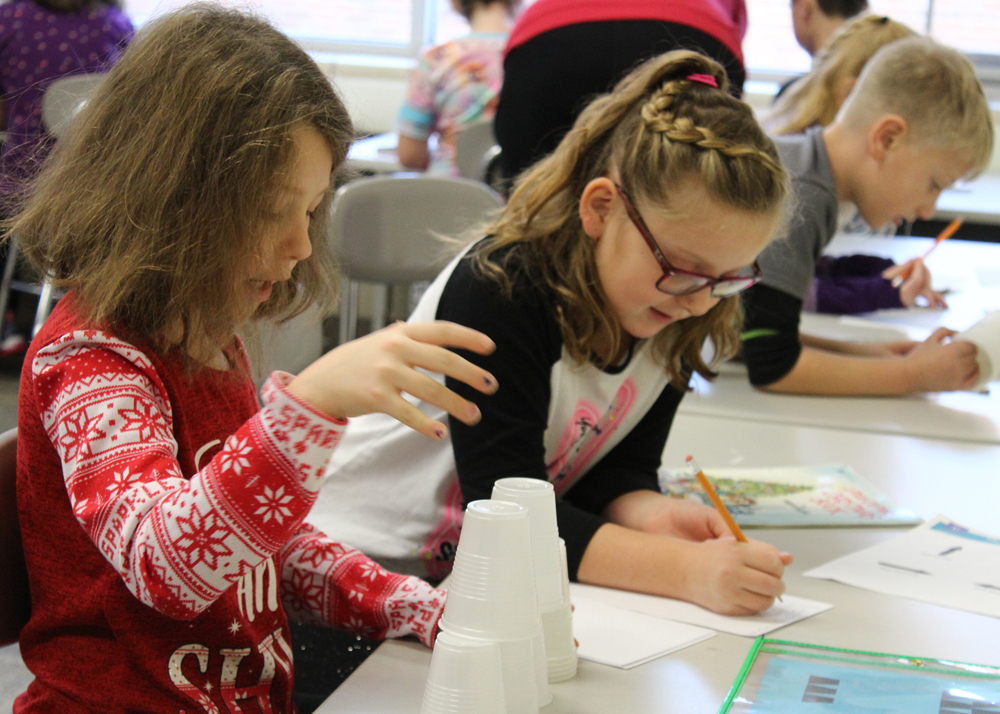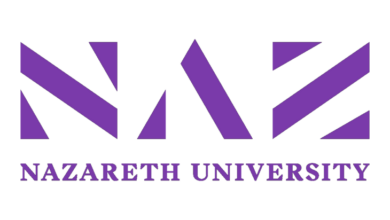Chestnut Ridge Elementary School launches the Open Mind Zone

Where can students go to develop 21st century skills, explore innovative ideas, learn how to communicate and collaborate with teammates, and become creative problem solvers? For students at Chestnut Ridge Elementary School, there’s a new destination: the Open Mind Zone. It may look like any ordinary large, sunny classroom, but the Open Mind Zone is destined to become an exciting makerspace focused on student-centered inquiry.
Makerspaces like the CRS Open Mind Zone are collaborative work spaces where students can gather to share ideas, knowledge and equipment. Each of the Churchville-Chili Central School District’s elementary schools plans to create its own unique makerspace. Teachers will use the spaces for advanced hands-on projects for their students, aligned to any grade-level curricula. Students may gather to collaborate, build or invent. Projects might include coding or robotics, science or engineering experiments, visual arts, or journalism and video production. Each school’s space will evolve independently, focusing on their own community’s interests and needs. The shared goal in all the makerspaces, regardless of technology or materials used, is to encourage curiosity and help children learn lifelong skills, like teamwork and problem solving.
On its opening day, for instance, CRS’s Open Mind Zone was filled with second-grade students, who were being introduced to coding as part of the international Computer Science Education Week. This was their very first experience with writing lines of code to control the actions of robots, and Instructional Technology Specialist Megan Hugg started with a lesson called Coding Unplugged. There wasn’t a computer or a robot in sight: at this point the learning was all conceptual.
“We begin by getting students comfortable with the vocabulary of coding,” Hugg said, “Terms like logarithms, bugs and debugging. Then they imagine the instructions they would need to write to direct a robot to move cups and place them into a pattern: pick up, move forward, put down. Students learn how to work in teams, writing simple code. They roleplay and become ‘robots,’ testing the code instructions to see if they actually work.”
From this basic beginning, students quickly move on to working with real robots and programming kits, like Ozobot®, Dash & Dot®, littleBits®, LEGO® Mindstorm® and more. Children as young as kindergarten-age are learning the principles of computer science at Churchville-Chili elementary schools. Of course, the possibilities for learning in the new makerspaces aren’t limited to STEAM (science, technology, engineering, arts, math) subjects, and it will be exciting to see all the places students and teachers take their future explorations.
Provided information and photos



